#Samurai Trilogy
Explore tagged Tumblr posts
Text
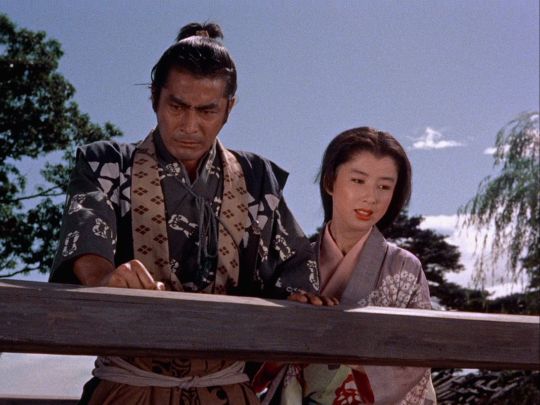
Toshiro Mifune as Miyamoto Musashi, and Kaoru Yachigusa as Otsu, Musashi's long-suffering lady love, in Samurai ll: Duel at Ichijoji Temple (1955).
This is the middle portion of the acclaimed Samurai Trilogy, a highly romanticized version of the life of Miyamoto Musashi, adapted from the novel Musashi by Eiji Yoshikawa.
#Samurai ll: Duel at Ichijoji Temple#Samurai Trilogy#Miyamoto Musashi#Toshiro Mifune#Otsu#Kaoru Yachigusa#samurai#jidaigeki#chambara
21 notes
·
View notes
Note
(this is spacekrakens lmao) dude idk anything about like 1950s Japanese cinema, do you have any recommendations? looking for stuff to toss on the watchlist now that I'm a bit burned out on horror (unless you have some horror recs)
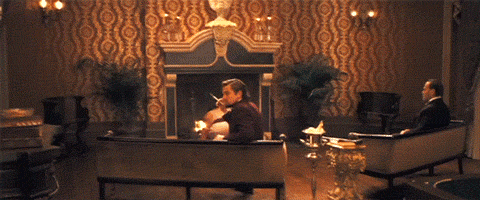
Hey! If you’re curious about Japanese cinema (particularly 1950s), there’s a lot of avenues to explore! Musicals, crime, horror, historical—it all depends on what mood you’re in. (Putting this under a read more because I'm DEFINITELY going to be long posting about this!!!) Hope this is useful to you lol.
(Also noting if anybody wants to add to this list with their own recommendations feel free!!)
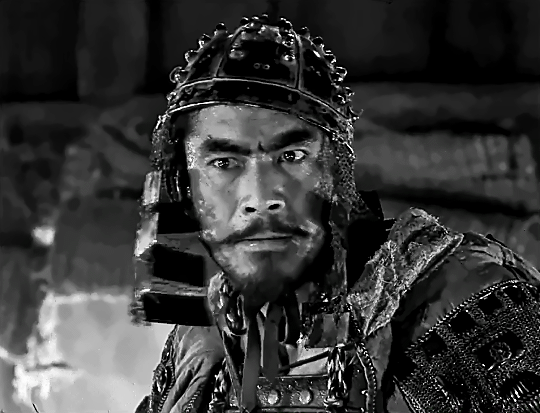
With old school Japanese cinema, I’ll always recommend Akira Kurosawa (obviously). He’s made some of the best Japanese movies (and arguably, the best movies of all time imo) and I feel like his work is a good gateway. It’s readily available on physical media/streaming too.
Specifically ‘50s stuff; Hidden Fortress (1958) is a good adventure flick whose structure was swiped for Star Wars, Throne of Blood (1957) is Japanese Macbeth if you like Shakespeare, and if you don’t mind a longer movie Seven Samurai (1954) includes Toshiro Mifune acting like this;
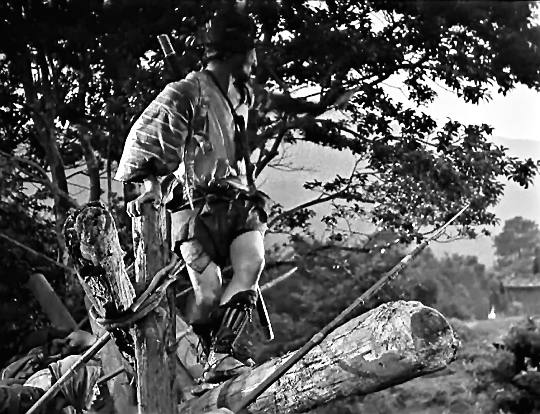
Gotta admit, though—my personal favorites from Kurosawa don’t come from the 1950s; Drunken Angel (1948) and Yojimbo (1961). One has a pathetic gangster as the main lead, the other is just a solid, breezy proto-action film (also has my beloved Unosuke but that's besides the point)
Some personal favorites of mine from the 1950s:
Life of a Horse Trader (1951) is a bittersweet story about a man trying to be a good single father to his son in the backdrop of Hokkaido. He tends not to be great at it. Stars Toshiro Mifune, the most famous face of Japanese cinema and for good reason!
Conflagration/Enjo (1958) is a single Buddhist acolyte’s fall into quiet insanity. Raizo Ichikawa is another amazing actor who I love! Also includes Tatsuya Nakadai who is the GOAT (in my heart).
Godzilla (1954) is AMAZING! If you liked Gozilla Minus One, it took a lot of familiar cues from this movie. It also technically counts as horror, depending on your definition.
Japanese horror from the 1950s:
Ugetsu (1951) (Not one I’ve seen personally, but it’s on Criterion)
The Beast Shall Die (1958) (American Psycho, but in Showa Japan. Tatsuya Nakadai is terrifying in this and absolutely despicable—stylish movie tho!)
Ghost of Yotsuya (1959) (Old-school Japanese ghost story. Honestly, there are so many different versions of this story on film that you can pick which version to watch and go from there—I’m partial to the 1965 version myself, because of the rubber rats and Tatsuya Nakadai playing a crazy person).
The Lady Vampire (1959) is the OG western-style vampire movie from Japan. Plays around with the mythos a lot, but hey our Dracula looks like this;

Misc movies that I think are neat or good gateway movies:
The Samurai Trilogy by Hiroshi Inagaki, which stars Toshiro Mifune as Miyamoto Musashi. Found that people otherwise uninterested in Japanese cinema really enjoyed this!
You Can Succeed, Too (1964) is one of my favorites from the ‘60s, also directed by Eizō Sugawa. A fun satire on the corporate world that's super colorful with catchy songs.
The Sword of Doom (1966) is also another favorite of mine, starring my beloved Tatsuya Nakadai as another bastard man (seriously though Ryunosuke is FASCINATING to me--). Fun gore effects and action scenes!
Kwaidan (1964) is an anthology of Japanese folk tales, labeled a horror film but in that kinda sorta old-school way. Beautifully shot by my favorite Japanese director Masaki Kobayashi (who, if you like this you should seriously check out his other work!)
#thanks for the ask!#akira kurosawa#tatsuya nakadai#toshiro mifune#raizo ichikawa#japan#film#godzilla#hidden fortress#seven samurai#drunken angel#yojimbo#enjo#sword of doom#kwaidan#you can succeed too#samurai trilogy#the lady vampire#ghost of yotsuya#ugetsu#life of a horse trader#throne of blood#ask
96 notes
·
View notes
Text

#toshiro mifune#続宮本武蔵 一乗寺の決闘#samurai ii#samurai ii: duel at ichijoji temple#samurai trilogy#hiroshi inagaki#jun yasumoto#1955#50s movies#1950s film#period piece#period drama#samurai movie#historical epic#japanese cinema#pose#cool pose#katana#samurai sword#swords#sickle#scythe#fight
26 notes
·
View notes
Text
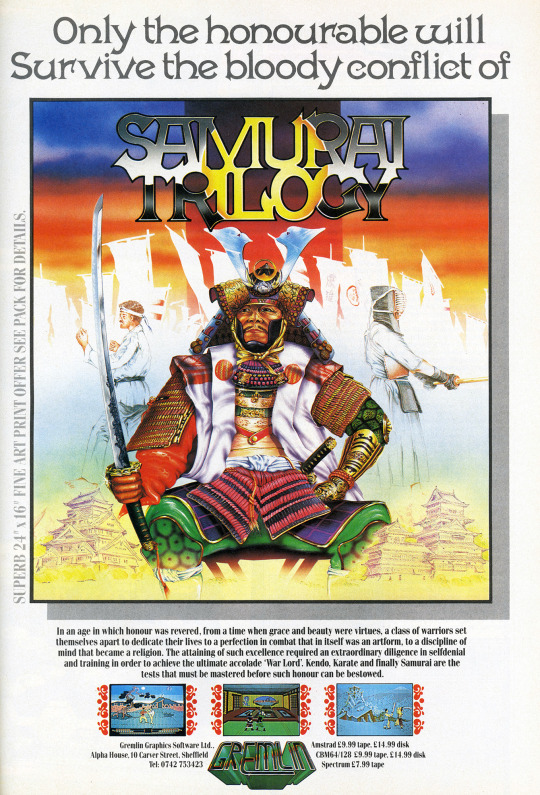
UK 1987
17 notes
·
View notes
Text
SAMURAI 2 DUEL AT ICHIJOIJI TEMPLE ESPAÑOL: DUELO EN EL TEMPLO DE ICHIJOIJI (vose /eng sub)

Duel at Ichijoji Temple is a 1955 Japanese film directed by Hiroshi Inagaki. StarS Toshiro Mifune. it is the second film of Inagaki's Samurai Trilogy.

The film is adapted from Eiji Yoshikawa's novel Musashi, originally released as a serial in the Japanese newspaper Asahi Shimbun, between 1935 and 1939. The novel is loosely based on the life of the famous Japanese swordsman, Miyamoto Musashi. Samurai II: Duel at Ichijoji Temple - Wikipedia
WATCH FILM BELOW with ENGLISH SUBTITLES
LINK https://ok.ru/video/1518330186341

Duelo en el templo Ichijoji es una película japonesa de 1955 dirigida por Hiroshi Inagaki. Protagonizada por Toshiro Mifune, es la segunda película de la Trilogía Samurai de Inagaki.

La película es una adaptación de la novela Musashi, de Eiji Yoshikawa, publicada originalmente como folletín en el periódico japonés Asahi Shimbun, entre 1935 y 1939. La novela se basa libremente en la vida del famoso espadachín japonés Miyamoto Musashi. (traducido de Wikipedia del ingles arriba)
VEA LA PELICULA A CONTINUACIÓN LA PELICULA EN VERSION ORIGINAL SUBTITULADO EN ESPAÑOL (VOSE)
LINK https://ok.ru/video/4093511600765
#1729#samurai trilogy#part 2#Japan#film#Duel at Ichijoji Temple#Duelo en el templo de Ichijoji#1955#Dir. Hiroshi Inagaki#Star/estrella#Toshiro Mifune.#subtitle / subtitulo#english /español#2025-06-22
0 notes
Text

0 notes
Text
dee vasquez cosplay
I love it when a character has a strong guts but also a lot of flaws, they never leave you indifferent
I love you dee vasquez


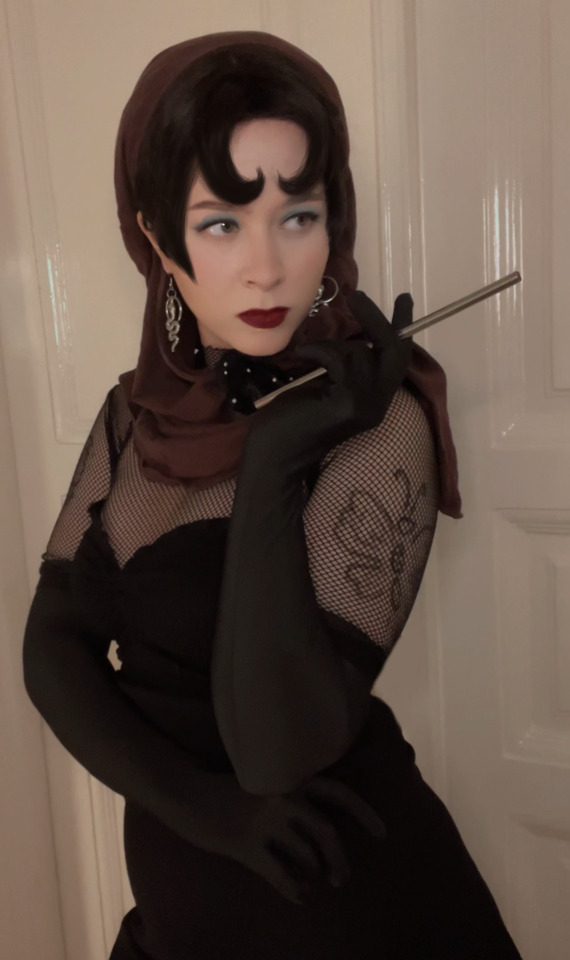
smoking is fake cus smoking is shit. it's my metal straw for drinks
#ace attorney cosplay#ace attorney#dee vasquez cosplay#dee vasquez#ace attorney phoenix wright cosplay#turnabout samurai#steel samurai#ace attorney phoenix wright#phoenix wright ace attorney cosplay#phoenix wright ace attorney#ace attorney trilogy cosplay#ace attorney trilogy#姫神 サクラ#sakura himegami#sakura himegami cosplay
859 notes
·
View notes
Text
Franmaya living situation would be so funny because it would some medieval four poster bed with intricate woodwork but it would have limited steel samurai sheets on it

I made a visual indicator to the best of my abilities
#sorry babe but the steel samurai sheets stay on during sex#could work with narumitsu but miles never sleeps cause he’s too traumatised#ace attorney#franmaya#franziska x maya#franziska ace attorney#franziska von karma#maya fey#ace attorney trilogy#steel samurai
523 notes
·
View notes
Text

#ace attorney#ace attorney trilogy#apollo justice#the great ace attorney#phoenix wright#miles edgeworth#maya fey#pearl fey#klavier gavin#trucy wright#ryunosuke naruhodo#kazuma asogi#wrightworth#klapollo#asoryuu#if you squint#steel samurai#sure i'll tag that too#i know it's highly unlikely they'd actually know about moomins but let me dream
236 notes
·
View notes
Text
It's sad that in 1-3 we get our only investigation with Mia but most of the non essential dialogue is written as if she's not even there. We don't hear her take on ladders vs stepladders. I should try and write some dialogue for those interactions. I think their ladder discussion would go something like:
Mia: "It's a ladder."
Phoenix: "That's a stepladder."
Mia:"Oh? And does being a stepladder make it any less of a ladder?"
Phoenix:"Uhh, I suppose not."
Mia:"I worry about you sometimes Phoneix..."
90 notes
·
View notes
Text

#the way they gang up on him though#like#Edgeworth???#I know you like steel samurai but this is a bit much#ace attorney trilogy#aa#ace attorney#miles edgeworth#phoenix wright#narumistu#narumitsu#maya fey
874 notes
·
View notes
Text

maya collage using almost every time I've drawn her
#ace attorney trilogy#ace attorney fanart#maya fey fanart#maya fey#franmaya#collage art#digital art#digital collage#my art#gyaru art#kogal#franziska von karma#aa maya#steel samurai
178 notes
·
View notes
Text

Phoenix only eats STEEL SAMURAI CEREAL (not sponsored) to give Maya and Pearls the little plastic prizes.
266 notes
·
View notes
Text



#samurai trilogy#samurai: musashi miyamoto#1954#samurai movie#japan#50s movies#1950s film#samurai I#samurai I: musashi miyamoto#hiroshi inagaki#宮本武蔵#himeji castle#castle#architecture
11 notes
·
View notes
Text
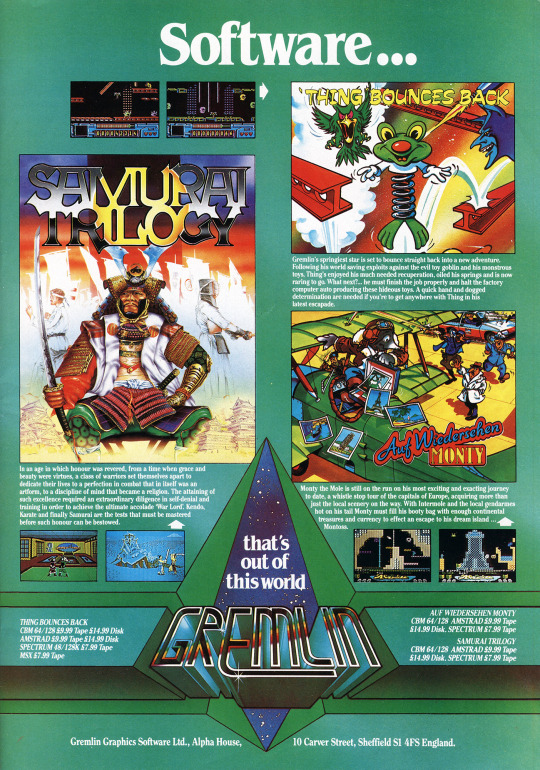
UK 1987
#UK1987#GREMLIN GRAPHICS#MERLIN MAGIC SOFTWARE#ACTION#C64#SPECTRUM#AMSTRAD#MSX#C16#THING BOUNCES BACK#SAMURAI TRILOGY#AUF WIEDERSEHEN MONTY
12 notes
·
View notes
Text
SAMURAI TRILOGY PART 1 TRIOLOGIA
Samurai I: Musashi Miyamoto
SUB-TITULADO (SUBTITLED) ENGLISH / ESPAÑOL

Musashi Miyamoto (Japanese: 宮本武蔵, Hepburn: Miyamoto Musashi) is a 1954 Japanese film directed and co-written by Hiroshi Inagaki and starring Toshiro Mifune. The film is the first film of Inagaki's Samurai Trilogy of historical adventures.
The film is adapted from Eiji Yoshikawa's novel Musashi, originally released as a serial in the Japanese newspaper Asahi Shimbun, between 1935 and 1939. The novel is loosely based on the life of the famous Japanese swordsman Miyamoto Musashi.
The film begins in the year 1600 with Tokugawa Ieyasu's victory in the battle of Sekigahara, which cleared the path to the Shōgunate for Tokugawa Ieyasu; however, it took three more years to consolidate the position of power over the other clans. The historical Miyamoto Musashi is believed to have fought in this battle.
WATCH FILM BELOW ...
LINK https://ok.ru/video/9474595490547 Samurai I: Musashi Miyamoto - Wikipedia

Samurái (宮本武蔵 Miyamoto Musashi?) es una película japonesa de 1954 de Hiroshi Inagaki con Toshiro Mifune como protagonista. La película es la primera de una trilogía basada en aventuras con un trasfondo histórico.
La obra es una adaptación de la novela Musashi de Eiji Yoshikawa, publicada originalmente como una serie en el periódico japonés Asahi Shimbun, entre 1935 y 1939; y se basa libremente en la vida del famoso samurái japonés Miyamoto Musashi. Se filmaron dos secuelas Zoku Miyamoto Musashi: Ichijō-ji no Kettō (続宮本武蔵 一乗寺決闘, 1955) y Miyamoto Musashi Kanketsuhen: Kettō Ganryū-jima (宮本武蔵完結編 決闘巌流島, 1956).
La película ganó el Premio de la Academia de 1956 a la Mejor Película en Lengua Extranjera.
Antecedentes históricos
La Batalla de Sekigahara tuvo lugar el 21 de octubre de 1600 cerca del lugar del mismo nombre en la prefectura de Gifu. Dos ejércitos, cada uno con más de 80.000 hombres, se enfrentaron: los aliados de Toyotomi Hideyori por un lado y el ejército de Tokugawa Ieyasu por el otro. El ejército de Ieyasu ganó la batalla, en la que el otro bando perdió casi la mitad de sus combatientes.
Takuan Sōhō (沢庵 宗彭, 1573–1645) fue un maestro zen autor de varios libros sobre artes marciales, consejero de los tennō y, según la leyenda, maestro de Miyamoto Musashi.
Miyamoto Musashi (1584–1645) es considerado el mejor samurái de todos los tiempos. Su técnica de lucha casi invencible convirtió a Musashi en un rōnin, un samurái sin maestro. Se dice que se enfrentó en más de 60 duelos y los ganó todos. Tras deponer la espada, construyó escuelas y templos y se dedicó a la escritura.
Himeji-jō es una de las estructuras arquitectónicas más antiguas del Japón. El complejo del castillo consta de 83 edificios. Fue construido en su forma original en 1346.
VEA LA PELICULA A CONTINUACION, version original subtitulado en español
link https://ok.ru/video/3616859294448 Samurái (película de 1954) - Wikipedia
NOTAS:
#1718#samurai trilogy#part 1#Japan#historical adventures.#Samurai I: Musashi Miyamoto#1954#Dir. Hiroshi Inagaki star#star#Toshiro Mifune#english subtitles#subtitulado en español (vose)#2025-06-08
0 notes